Our research shows that 90% of households in Great Britain that will rely on public charging for EVs are not within close walking distance of a charger.*
Charger sites have been historically been focussed on early adopter needs, unnecessarily increasing the cost of provision for local authorities and reducing access for those residents who need public charging.

Key Findings
- 8 million GB households (On-Street households) outside of London have no off-street parking and therefore rely on public charging
- 90% of these On-Street households are outside of a 5-minute walk to a public charger.
- Close to 1 million extra On-Street households would be brought into catchment, for the same number of chargers, if all councils matched the coverage strategy of a typical authority
- Authorities need to acknowledge the coming impact and different needs of the rapidly growing corporate fleet
- Good coverage is available without significant infrastructure costs. Brighton and Hove provides good access to 67% of its On-Street households with only 139 chargers
- Placing chargers closer to those dependent on them can reduce the number of chargers required by up to a factor of 4.8
More information can be found on our detailed interactive map or download our research report, On-Street Households: The next EV Challenge and Opportunity.
Why Does Catchment Matter?
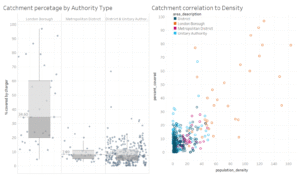
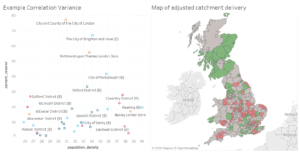
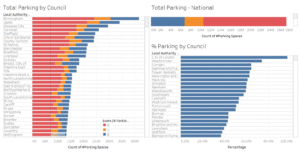
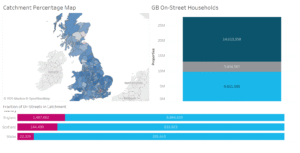
Why Does Catchment Matter?
To understand how well a residential charge scheme is performing, we need to look at catchment. We define catchment as how many residential properties without off-street parking are within a 5-minute walking distance of an existing EV charger site. These households are important because these people will be relying on public infrastructure as we move towards electric vehicles. This issue will be highlighted further as businesses purchase EVs for their workforce.
Fleet vehicles make up a significant proportion of these new vehicle sales – almost 57% of new registrations in 2019. Business drivers will use their vehicles differently to private owners, covering up to 5 times more annual mileage. Their mileage is fulfilled consecutively across the working week, so in order to keep working these vehicles will need to be charged overnight 2 or 3 times per week.
The arrival of business cars and vans into the local neighbourhood will significantly accelerate the demand for nearby charging provision. Understanding catchment can help authorities anticipate this demand and focus their investment the right areas. It will also assist CPOs in finding sites that are ultimately more profitable.
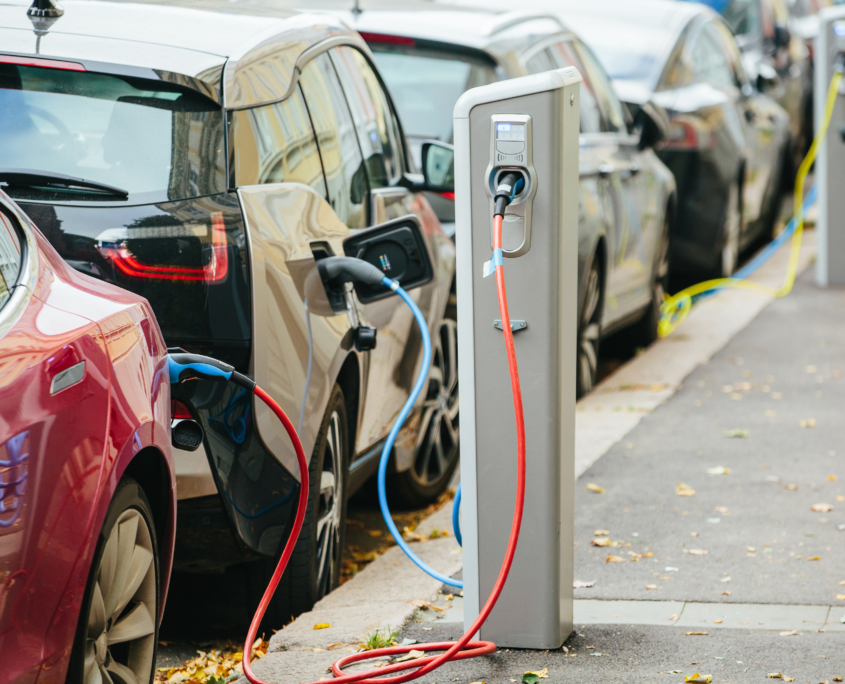
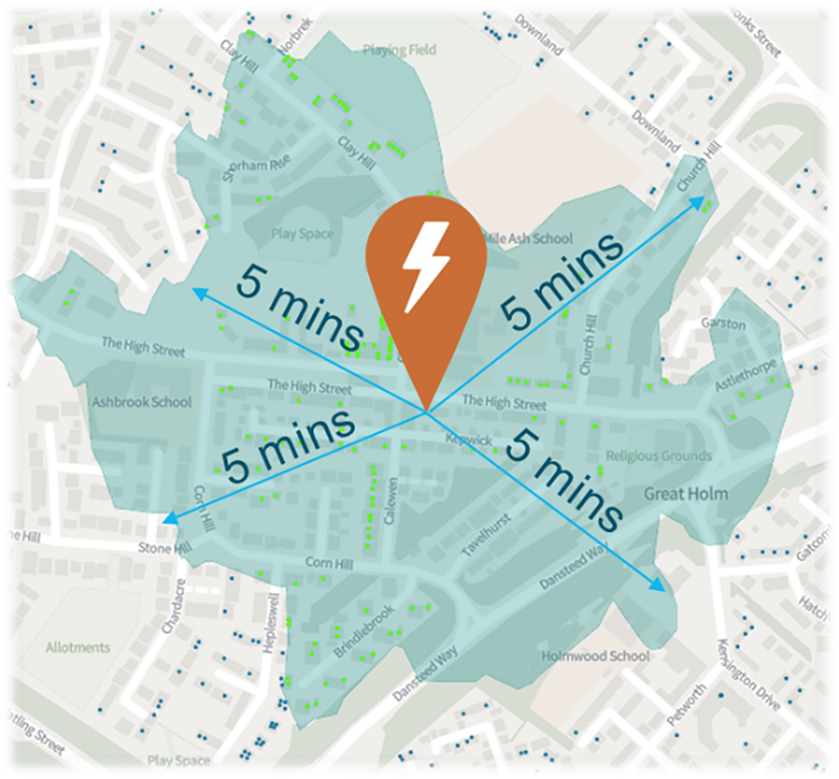
Our Methodology
Field Dynamics has analysed the footprint of the 27 million households in GB to determine their ability to accommodate off-street parking. Our approach leverages the intelligence contained within Ordnance Survey’s highly detailed MasterMap Topographic Layer and AddressBase Layer, combined with our advanced algorithm to survey and interpret all the spaces surrounding every residential property in GB. This creates a parking propensity that then can be combined to create a score per property, which has been validated in the field by numerous site surveys.
Catchment is calculated on a per charger basis applying a 5-minute isochrone to charger site data provided by ZapMap. Household’s within that isochrone are included within the catchment figure for that charger. The number of households within a 5-minute walk of a charger is calculated and aggregated up to provide the total coverage of on-street households at an authority level.